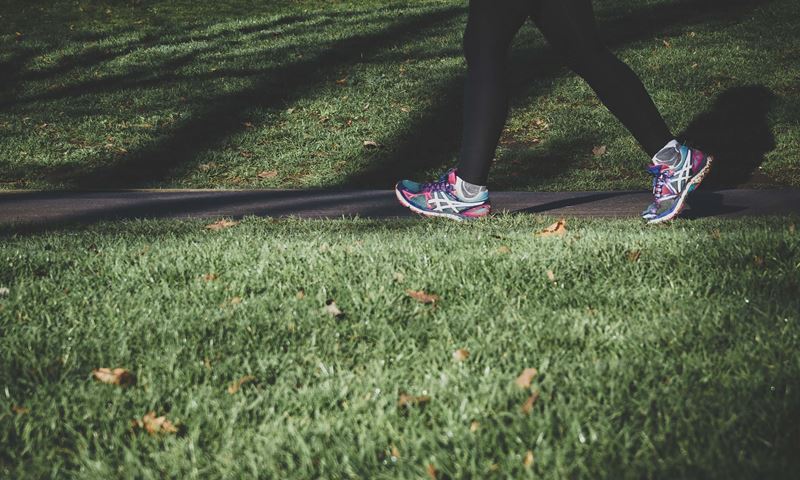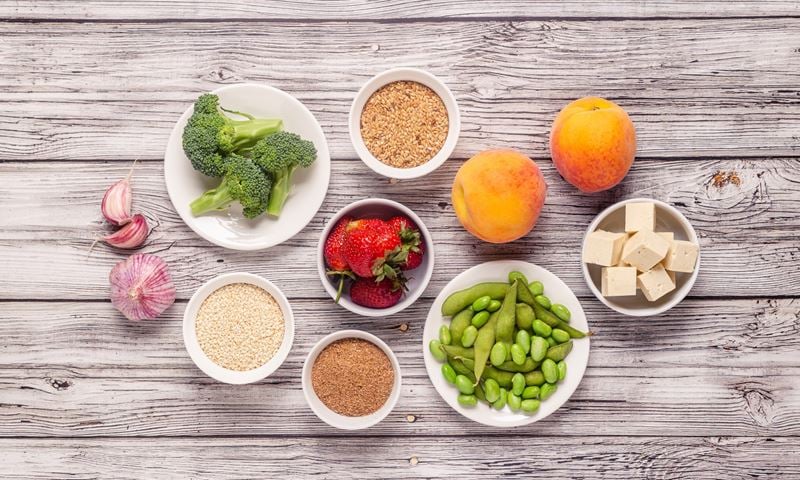Every 3.3 minutes in Australia a fracture occurs as a result of poor bone health, or osteoporosis. Osteoporosis affects 1.2 million Australians. Often called the “silent disease”, there are usually no obvious signs or symptoms until a fracture occurs.
'Four out of five people don’t know they have osteoporosis'
Let’s look at why it’s important to be aware of risk factors and what you can do to prevent them.
 What is Osteoporosis?
What is Osteoporosis?
Osteoporosis is a bone disease that occurs when bones lose important minerals, such as calcium, at a faster rate than the body can replace them. This causes a loss of bone density, the bones become brittle and fragile, and the risk of fracture is much higher than normal bones. Osteoporosis can affect all bones in the body, however fractures are most commonly found in the spine, hip, upper arm, wrist, ribs or forearm.
Risk factors for Osteoporosis
- Osteoporosis is more common in women following menopause, however men do suffer from osteoporosis too
- Low intake of calcium
- Limited physical activity
- Smoking
- High alcohol intake
- Bone strength can be influenced by your genes
- Bone health can be affected by certain conditions and medications (talk to your doctor to find out more)
- Forming a stronger peak bone mass at a young age can prevent osteoporosis later in life
Good news
There are preventative steps that you can take to reduce the risk of developing osteoporosis:
4 tips to improve bone health
1. Increase calcium to build strong bones and prevent osteoporosis. If you don’t ingest enough calcium, your body will withdraw calcium from your bones. If your body extracts more calcium than it deposits, your bone density will gradually reduce and you may be at risk of developing osteoporosis. The best method to increase calcium is in the diet, particularly leafy greens and dairy foods, however not all foods containing calcium are absorbed in the body. This can be due to low vitamin D levels, excessive caffeine and alcohol, diets high in phytates (e.g. some cereals/brans) or oxalates (e.g. spinach, rhubarb). Talk to a dietitian to get your personal nutrition plan.
 2. Increase uptake of vitamin D to aid absorption of calcium. Your doctor will be able to recommend the best way to do this.
2. Increase uptake of vitamin D to aid absorption of calcium. Your doctor will be able to recommend the best way to do this.
3. Participate in regular exercise to prevent bone loss. Particularly weight bearing exercise and resistance training improves bone density. Weight bearing exercise uses your own body weight, activities include brisk walking, jogging, skipping, sports such as tennis, netball or soccer. Resistance training involves weight lifting with hand/ankle weights or gym equipment. Talk to an exercise physiologist or your local gymnasium for advice on what type of exercise is suitable for you.
4. Avoid smoking, limit alcohol intake and restrict salt and caffeine consumption, as these have an impact on bone density. Your doctor can advise you on ways to modify these risk factors.
How to assess your risk
One of the easiest ways to assess your risk is to do an online screen. The ‘Know Your Bones’ online assessment tool has been produced by Osteoporosis Australia and Garvan Institute of Medical Research. It estimates your personal risk of bone fracture by looking at the major risk factors of age, gender, weight, history of fracture, bone mineral density, history of falls and lifestyle factors.
It is free to take the assessment and in around 5 minutes provides you with a report detailing your estimated risk of future fracture and actions to take to reduce your risk.
Why not do it now? Click here to take the Know Your Bones simple bone health assessment to determine your risk of a bone fracture.



